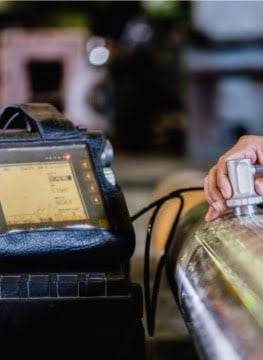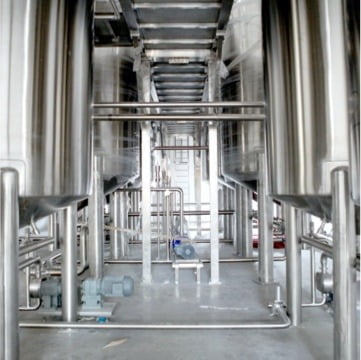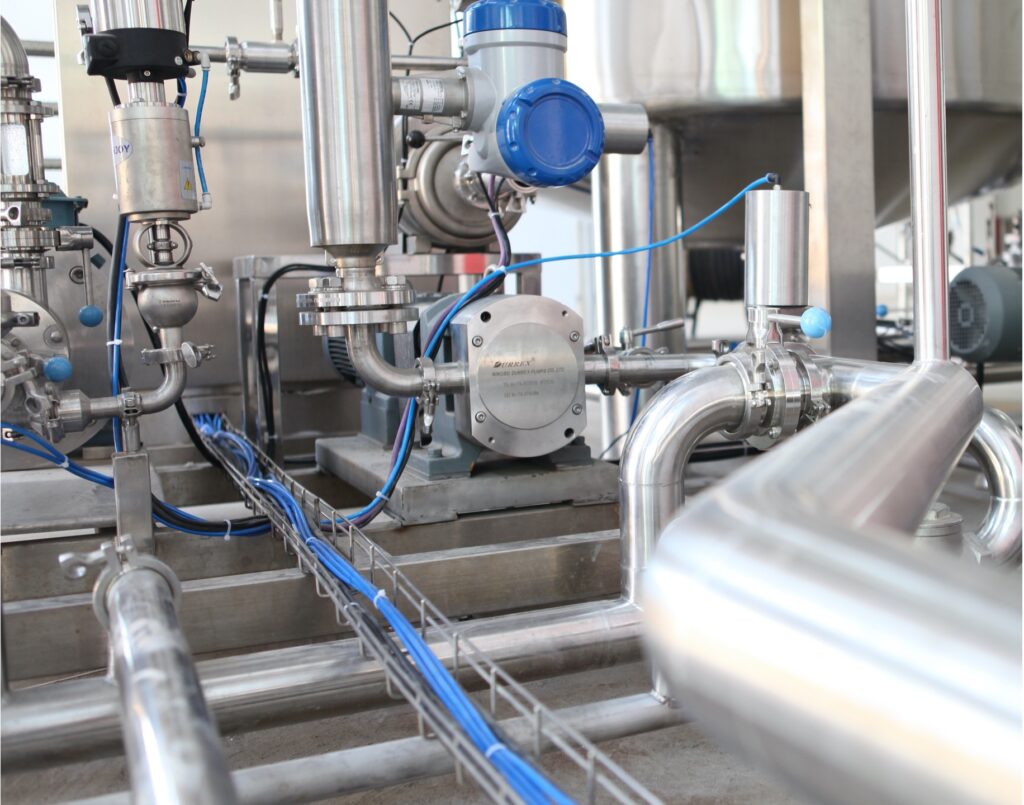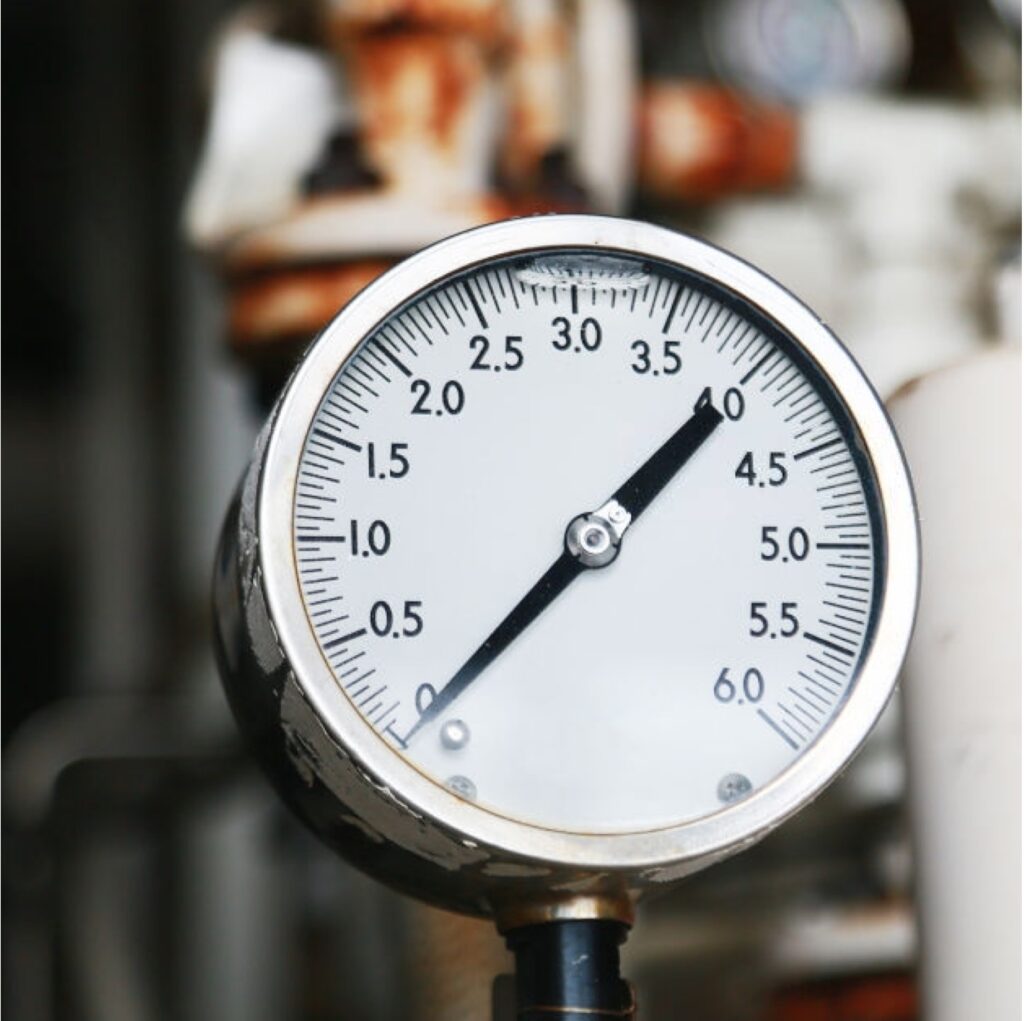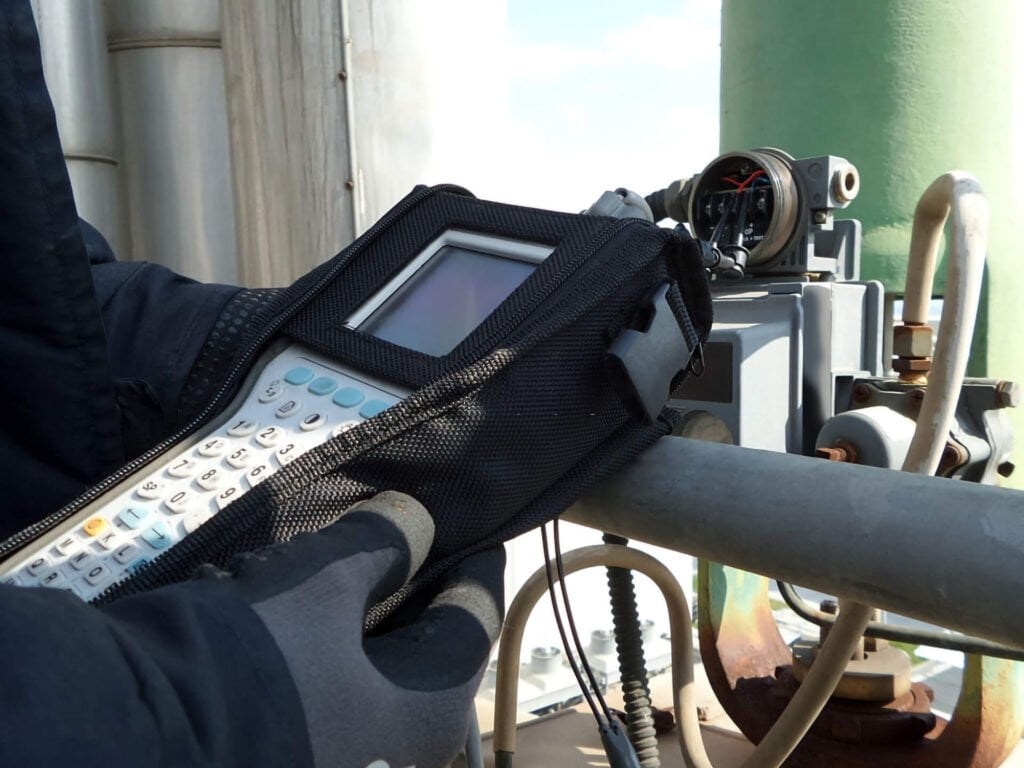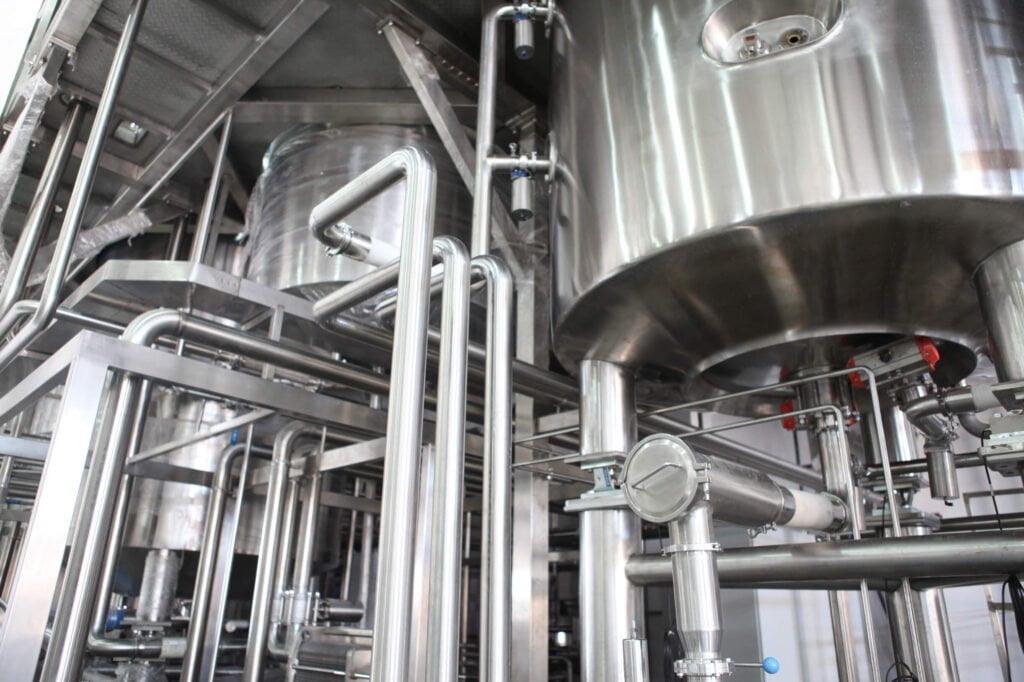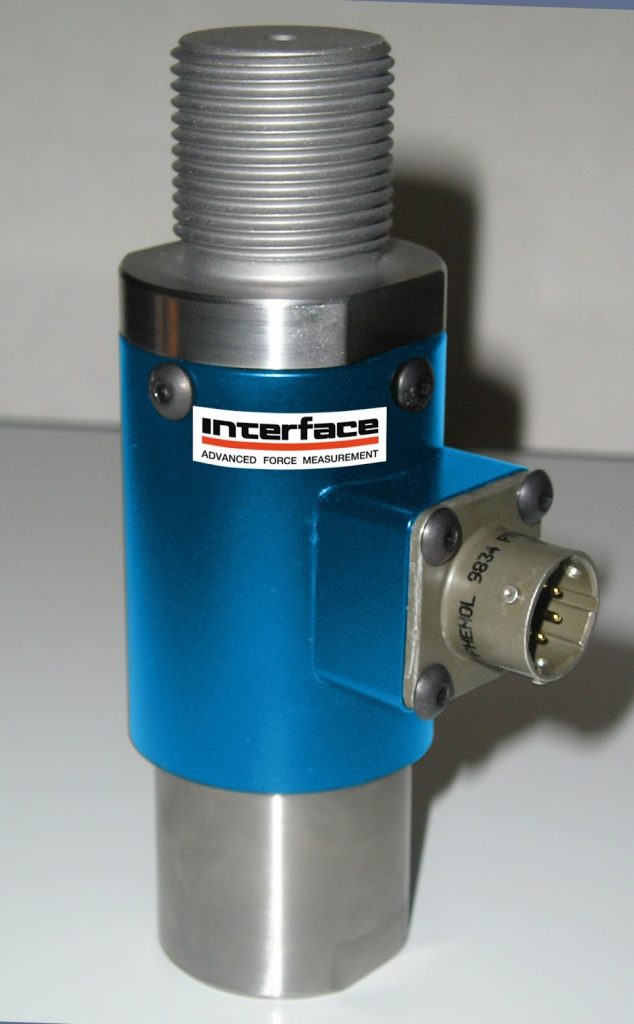In HVAC systems, ensuring efficiency and precision in measuring air flow is paramount. Averaging pitot tubes emerge as a cornerstone technology in this area, offering a sophisticated yet straightforward solution for gauging flow rates within these systems. Their role transcends mere measurement; they are pivotal in diagnosing system performance, identifying energy-saving opportunities, and upholding environmental comfort. By leveraging the principle of differential pressure to deduce flow velocities, averaging pitot tubes enable a comprehensive understanding of an HVAC system’s dynamics, laying the groundwork for enhanced operational efficiency.
The integration of averaging pitot tubes into HVAC systems is not just a technical upgrade; it’s a step towards sustainability and cost-effectiveness. Accurate flow measurement is critical, not only for maintaining the balance and distribution of heating, cooling, and ventilation but also for minimising energy consumption and operational costs. Pitot tubes are known for their precision and low permanent pressure loss, are instrumental in fine-tuning system parameters, ensuring that air flows efficiently through ducts and pipelines. This precision directly contributes to the longevity and reliability of HVAC systems, making averaging pitot tubes an invaluable tool in the arsenal of those seeking to optimise building environmental controls.
Understanding Averaging Pitot Tubes
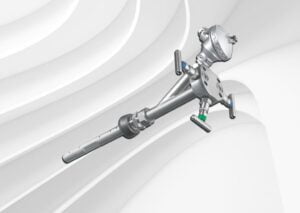
Averaging pitot tubes stand as a beacon of innovation in the measurement of fluid flow within various systems, including HVAC. At their core, these devices employ the principle of differential pressure to accurately determine flow rates, making them an indispensable tool in the area of fluid dynamics. The design of an averaging pitot tube is ingeniously simple yet effective; it consists of a tube with multiple pressure ports along its length on the high pressure side, which together sample the pressure across a cross-section of the duct or pipe and a single port on the low pressure side. This design allows for an averaged measurement of the dynamic pressure, from which the flow velocity and subsequently the flow rate can be calculated with remarkable precision.
This method of flow measurement is particularly suited to environments where the flow profile may not be uniform across the duct or pipe, such as in HVAC systems where air distribution can be affected by turns, fans, and fittings. Averaging pitot tubes excel in these scenarios by providing a more representative measure of the total flow, compared to single-point measurement devices. Their ability to deliver accurate, averaged flow data makes them a crucial component in optimising system performance, enhancing energy efficiency, and reducing operational costs. The elegance of averaging pitot tubes lies in their simplicity, reliability, and adaptability to a wide range of applications, embodying a perfect blend of traditional principles and modern engineering.
Advantages of Using Averaging Pitot Tubes
Averaging pitot tubes offer a range of advantages that make them an attractive choice for flow measurement in various applications, particularly in HVAC systems. Their design, which integrates multiple pressure ports to sample the fluid flow across a duct or pipe’s cross-section, facilitates a more accurate and representative measurement of the flow rate. This is crucial in environments where flow distribution may not be uniform, ensuring that the measured value reflects the true average flow velocity. Furthermore, the characteristic low permanent pressure loss of averaging pitot tubes significantly contributes to maintaining the energy efficiency of systems. Unlike other flow measurement devices that can introduce substantial resistance and hence energy loss, averaging pitot tubes are engineered to minimise their impact on the system’s overall pressure drop, thereby preserving the operational efficiency and reducing the energy costs associated with running HVAC equipment.
In addition to their technical benefits, averaging pitot tubes are known for their ease of installation and long-term reliability. They can be readily installed in a wide range of duct sizes and shapes without necessitating major modifications, making them a versatile solution for new installations or system upgrades. Their robust design ensures long-term accuracy and stability, reducing the frequency of recalibration and maintenance interventions. This ease of use, combined with their cost-effectiveness and the ability to maintain accuracy over time, positions averaging pitot tubes as an indispensable tool in optimising the performance of HVAC systems. The blend of precise flow measurement, energy savings, and reduced operational costs they offer underpins their value in enhancing system efficiency and sustainability.
Applications in HVAC Systems

Averaging pitot tubes find their applications in HVAC systems in several critical capacities, enhancing both performance and efficiency. Within the complex network of ducts and pipes that characterise these systems, the ability to accurately measure airflow is paramount. Averaging pitot tubes excel in this aspect, offering precise measurements across varying flow conditions and duct geometries. They are particularly adept at monitoring air flow in large commercial buildings, where ensuring optimal ventilation, heating, and cooling balance is essential for occupant comfort and energy efficiency. By accurately gauging the flow rate, these devices enable the fine-tuning of system components such as air handling units and fans, ensuring that air is delivered where needed without wasteful overproduction or energy expenditure.
Moreover, their role extends beyond mere measurement to include the facilitation of system diagnostics and optimisation. For instance, in applications requiring controlled environments such as laboratories or manufacturing facilities, the precision of averaging pitot tubes in measuring flow velocities is crucial for maintaining stringent air quality and temperature conditions. Additionally, their use in exhaust and supply ventilation systems helps in achieving compliance with environmental and safety regulations by ensuring effective removal of contaminants and adequate fresh air intake. The versatility and reliability of averaging pitot tubes make them an invaluable tool in the design, implementation, and maintenance of efficient, compliant, and cost-effective HVAC systems, underscoring their importance in the field of building management and environmental control.
Installation and Maintenance
The installation and maintenance of averaging pitot tubes are streamlined processes that contribute significantly to their appeal in HVAC applications. Designed for simplicity, these devices can be easily inserted into ducts or pipes through a small penetration, with minimal disruption to the existing system. This ease of installation is a boon for both new systems and retrofits, allowing for quick setup without the need for extensive downtime or complex modifications. Furthermore, the versatility of averaging pitot tubes means they can be adapted to a wide range of duct sizes and configurations, ensuring accurate flow measurements across various applications. Once installed, their design facilitates immediate integration with differential pressure transmitters, enabling real-time monitoring and control of airflow within the HVAC system.
Maintenance requirements for averaging pitot tubes are notably low, attributed to their robust construction and the absence of moving parts, which minimises wear and tear. Regular inspections and calibrations ensure long-term accuracy and reliability, but these are typically less frequent compared to other flow measurement devices. This long-term stability, combined with their resistance to clogging and accumulation of debris, makes averaging pitot tubes a cost-effective solution for continuous flow measurement. The straightforward nature of their maintenance not only reduces operational costs but also ensures that HVAC systems continue to operate at optimal efficiency, delivering consistent performance and energy savings over time.
Choosing the Right Averaging Pitot Tube for Your HVAC System
Selecting the appropriate averaging pitot tube for an HVAC system hinges on a comprehensive understanding of the system’s specific requirements and operational parameters. Key factors to consider include the size of the ducts, the range of flow velocities encountered, and the type of medium being measured—whether air, gas, or a mixture of both. The diversity in HVAC applications necessitates a careful evaluation to ensure the chosen pitot tube can accurately capture the flow rate across the expected conditions without compromising on efficiency. Additionally, the material of the pitot tube must be suited to the environment it will be exposed in, taking into account factors such as temperature ranges, potential corrosiveness of the flowing fluid, and the presence of particulates that might affect the device’s longevity and performance.
Beyond the technical specifications, ease of installation and maintenance should also guide the selection process. Averaging pitot tubes that offer flexibility in installation—able to be fitted in varied duct orientations and accessible for periodic checks without system shutdown—add value by minimising operational disruptions. The choice should balance between achieving high measurement accuracy, ensuring long-term durability, and the practical aspects of installation and upkeep. By prioritising these considerations, one can identify an averaging pitot tube that not only meets the immediate measurement needs of an HVAC system but also aligns with broader operational goals of efficiency, reliability, and cost-effectiveness, thereby optimising the system’s performance over its lifespan.
Elevate Your HVAC Efficiency with Precision
Elevating the efficiency of HVAC systems transcends mere operational tweaks; it requires a precision-driven approach, where every detail is optimised for peak performance. Averaging pitot tubes embody this precision, offering a pathway to enhanced system efficiency through their accurate flow measurement capabilities. By integrating these devices into your HVAC infrastructure, you unlock the potential for significant energy savings, reduced operational costs, and a marked improvement in environmental comfort. The precision of averaging pitot tubes ensures that airflow within the system is neither excessive nor deficient, but precisely what is needed for optimal conditions. This not only conserves energy but also prolongs the lifespan of system components by avoiding unnecessary strain.
Understanding the transformative impact that accurate flow measurement can have on your HVAC system’s efficiency and operational costs is just the beginning. If you’re ready to explore how averaging pitot tubes can bring about a new era of efficiency in your facility, I invite you to reach out. Contact Us today to delve into a world where precision meets performance, and discover tailored solutions that align with your unique needs. Let’s work together to optimise your HVAC system, ensuring it operates at its best now and into the future. Contact Us for expert advice, consultation, and services that cater precisely to your requirements, and take the first step towards elevating your HVAC system’s efficiency with unmatched precision.
